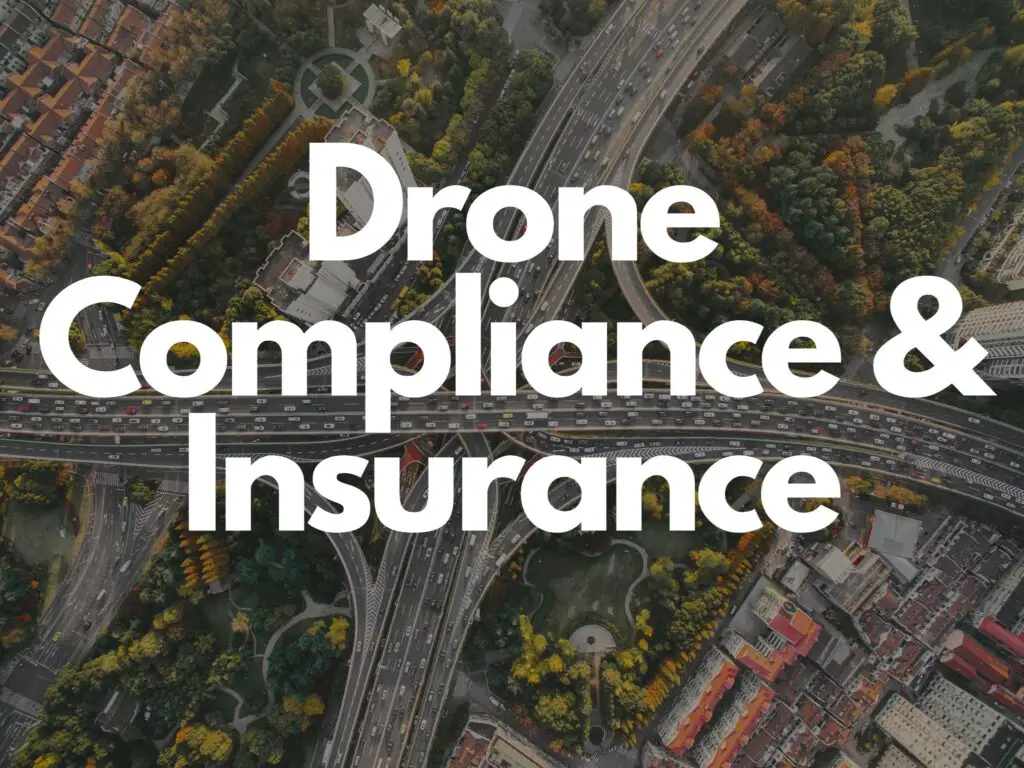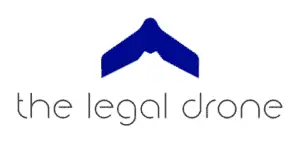
Drones, also known as unmanned aerial systems (UAS) or unmanned aircraft systems (UAS), have become increasingly popular in recent years. As the usage of drones increases, so does the need for compliance with regulations and laws. Failure to comply with these regulations can result in penalties, fines, or even criminal charges. Compliance with regulations and laws is essential to ensure the safety of people and property on the ground, as well as other aircraft in the airspace. Additionally, compliance is necessary to protect the rights of individuals and organizations affected by drone operations. By following the rules and regulations set by the Federal Aviation Administration (FAA) and other governing bodies, drone operators can ensure that their operations are conducted safely and legally.
Types of Insurance
Liability insurance
Liability insurance is a type of insurance that provides coverage for third-party claims of bodily injury or property damage. This type of insurance is particularly important for drone operators because it covers any damages that may occur as a result of their drone operations.
Liability insurance is important for drone operations because it provides protection in the event that a third party is injured or their property is damaged as a result of a drone operation. Without liability insurance, drone operators may be held personally liable for any damages that occur.
The amount of coverage required for liability insurance can vary depending on the type and frequency of drone operations. However, as a general rule, it is recommended to have at least $1 million in liability coverage.
Hull insurance
Hull insurance is a type of insurance that provides coverage for physical damage to the drone itself. This type of insurance is particularly important for drone operators because it covers damages that may occur as a result of a crash or other incident.
Hull insurance is important for drone operations because it provides protection in the event that the drone is damaged or destroyed. Without hull insurance, drone operators may be held financially responsible for the cost of repairing or replacing the drone.
The amount of coverage required for hull insurance can vary depending on the value of the drone. However, as a general rule, it is recommended to have coverage that is equivalent to the full value of the drone.
How to Obtain Insurance
A. Researching insurance providers
To find a reputable insurance provider, it is important to research different providers and read reviews from other customers. Additionally, you should check if the provider is licensed and has a good reputation in the industry.
Comparing different providers and their coverage options is important to make sure you are getting the best coverage for your needs at the best price. To obtain a quote, you will need to provide information about your drone, including its make and model, as well as information about your operations, such as the type of operations
Compliance with Regulations and Laws
Federal Aviation Administration (FAA) regulations
Part 107 of the Federal Aviation Regulations (FARs) is the set of regulations that governs the operation of small unmanned aircraft systems (sUAS or drones) in the National Airspace System (NAS). These regulations include rules for flying within visual line-of-sight, at or below 400 feet, during daylight hours, and within a certain distance of airports and other restricted airspace.
To stay compliant with Part 107 regulations, drone operators should familiarize themselves with the regulations and ensure that their operations comply with them. Additionally, operators should stay informed about any changes or updates to the regulations and consult with the FAA if they have any questions or concerns.
State and local regulations
In addition to federal regulations, drone operators may also be subject to state and local regulations. These regulations can vary widely and may include restrictions on flying over certain areas or during certain times. To stay compliant with state and local regulations, drone operators should familiarize themselves with the applicable rules.
Conclusion
Compliance with regulations and laws is essential for ensuring the safety of people and property on the ground, as well as other aircraft in the airspace. It is also necessary to protect the rights of individuals and organizations affected by drone operations. Obtaining liability and hull insurance and staying compliant with regulations and laws is important for the safety of all. By following the rules and regulations set by the Federal Aviation Administration (FAA) and other governing bodies, drone operators can ensure that their operations are conducted safely and legally. It is important for drone operators to take the necessary steps to stay informed about regulations, laws and obtain insurance coverage to protect themselves and others.

